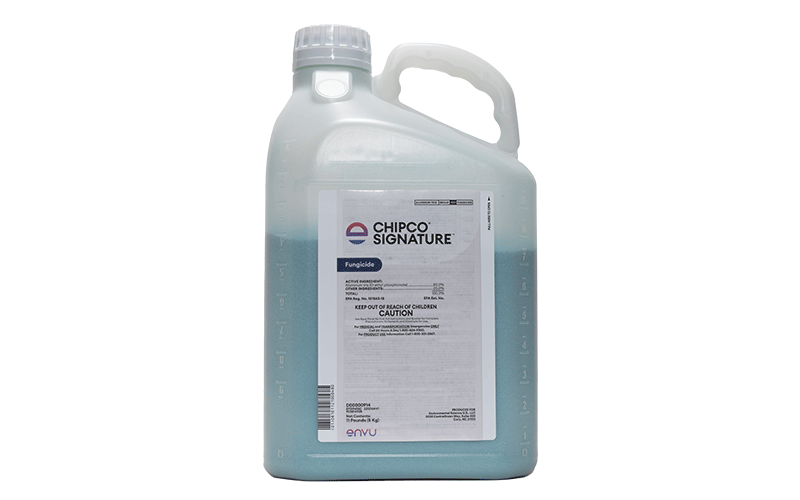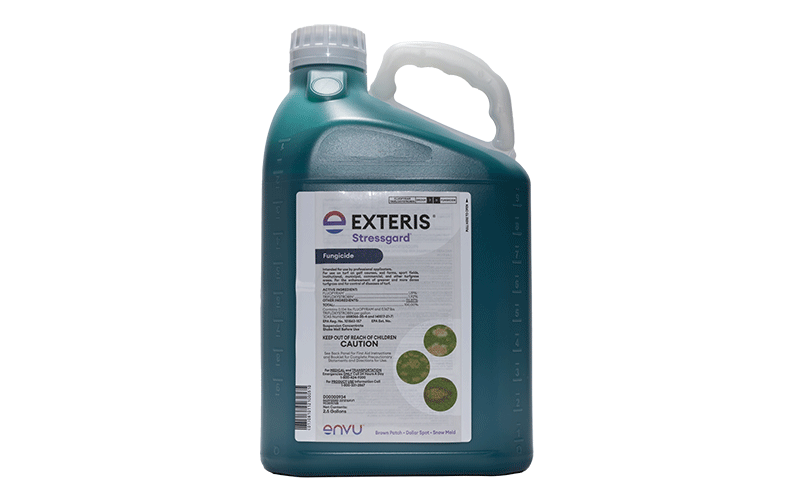Anthracnose
How to combat diseases of annual bluegrass and creeping bentgrass greens under stress conditions.
The Problem
Anthracnose foliar blight and basal rot caused by Colletotrichum cereale, are primarily diseases of annual bluegrass and creeping bentgrass greens under stress conditions. The disease is most common on putting greens, and most often occurs mid-summer under hot conditions, or in fall through spring under cold, wet conditions. Foliar blight develops on older leaves first and is most common in the summer. Basal rot anthracnose can develop from foliar blighting, or independently during periods of cold, wet weather or summer wilt stress. Since it often occurs when turf growth potentials are low, recovery from anthracnose can be difficult.
What To Look For
Symptoms develop as irregular patches of chlorotic turf that progress to a bronze to orangish color in advanced stages of the disease. Areas start off as patches a few inches in size, and can coalesce into larger blighted areas. Black acervuli, with hair-like setae, are distinctive signs of anthracnose; mycelia are not produced on the outside of the plant. Acervuli can be found on the older senescent leaves first, but can be present on green tissue in advanced stages of disease. Plants affected by basal rot have a black discoloration of the stems and crowns and acervuli may not be present when the disease develops under cold conditions.
The Solution
Anthracnose is a stress disease that must be managed by promoting plant health, such as following sound agronomic practices and timely use of preventive fungicide programs. A comprehensive, best management plan was published by Murphy et. al. (Golf Course Management May 2012) based on five years of national research. Key cultural controls include (i) adequate spring and summer nitrogen (N) with 0.1 to 0.15 lb. N/1,000 sq. ft. applied weekly in the summer months, (ii) frequent sand topdressing, (iii) watering at 60-80% base evapotranspiration, (iv) keeping mowing height above 0.125 inches, and using rolling and double mowing to maintain green speeds and (v) using regular plant growth regulator applications to control plant size and seed head development. Recent research from Rutgers University has shown that adequate potassium fertilization plays a role in reducing anthracnose severity. Key Envu solutions for anthracnose include or Signature™ XTRA Stressgard® tank mixes, Densicor®, Mirage® Stressgard®, and Tartan® Stressgard. Signature brand fungicides are highly effective in promoting plant health to reduce plant susceptibility to anthracnose. Densicor and Mirage Stressgard provide DMI fungicide control of anthracnose and summer patch, and Tartan Stressgard combines a DMI and QoI fungicide for broad-spectrum disease control. All of these Stressgard Formulation Technology products can help improve turf quality under conditions that promote anthracnose.
Fungicide resistance is a problem for anthracnose. QoI and benzimidazole fungicides may not provide adequate control due to resistance, but other fungicide classes remain effective for anthracnose control. Preventive fungicides should be applied prior to periods of plant stress. Summer preventive programs should start when average soil temperatures at the 2-4-inch depth are 65-68°F, and should be maintained through fall aerification. Application of fungicides prior to extended, cool, wet weather in the fall, winter and spring can help reduce the incidence of basal rot. Curative treatments can include a DMI, plus a multi-site fungicide like chlorothalonil to arrest the infections, followed by a Chipco® Signature or Signature XTRA Stressgard program to promote plant health and recovery.
Additional resources
| Solution sheet - Anthracnose |
/// Learn more about the Stressgard portfolio
/// Learn more about Densicor fungicide









